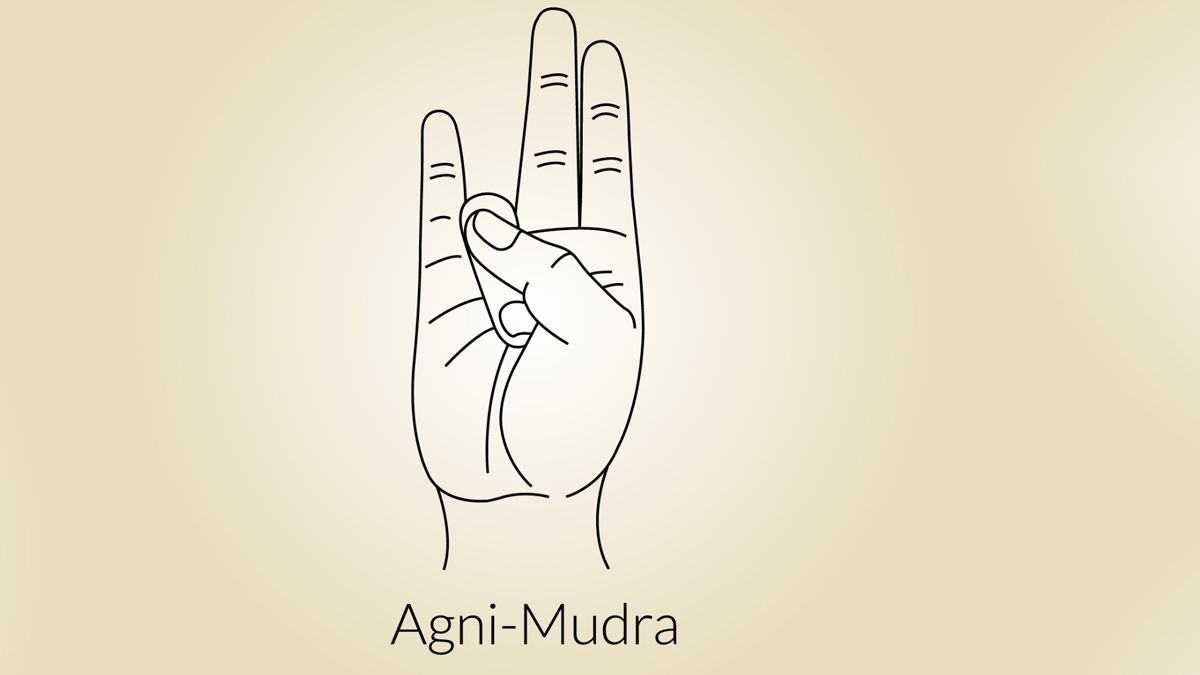The Essence of Dhyana in Ashtang Yoga
Hello enthusiast readers how
are you? Today I'll be writing about the seventh limb of Ashtang Yoga that is
Dhyana. So let's start with a smile :) Ashtang Yoga, often referred to as the eight-limbed path, offers
a comprehensive roadmap for spiritual growth and self-realization. One of its
essential components is Dhyana, the practice of meditation. In this brief but
detailed blog, we will explore the significance of Dhyana in Ashtanga Yoga.
1. Understanding Dhyana:
Dhyana, often translated as meditation, is the seventh limb of Ashtanga Yoga.
It follows Dharana, which is the art of concentration. While Dharana is the
process of focusing the mind on a single point, Dhyana is the state of
sustained, uninterrupted focus, where the meditator becomes one with the object
of meditation.
2. The Goal of Dhyana: The
ultimate goal of Dhyana is to achieve a deep and unbroken connection between
the meditator and the object of meditation. This connection goes beyond words
and thoughts, leading to a direct experience of oneness or union (Yoga) with
the chosen focus.
3. Preparing for Dhyana:
Dhyana requires preparation, which often begins with asana (physical postures)
and pranayam (breath control). These practices help purify the body and mind,
making them more receptive to meditation. A calm and comfortable physical state
is crucial for a successful meditation session.
4. Choosing an Object of
Meditation: In Dhyana, selecting the right object of meditation is
essential. This can be an image, a mantra, the breath, a deity, or any other
focal point. The chosen object should resonate with the practitioner and
facilitate a deep sense of connection.
5. The Practice of Dhyana:
During meditation, the practitioner strives to maintain unwavering attention on
the chosen object. As thoughts arise, they are observed without attachment or
judgment and gently brought back to the focal point. Over time, this practice
strengthens concentration and deepens the meditative state.
6. Benefits of Dhyana:
Dhyana offers a myriad of benefits, both on the physical and mental levels. It
reduces stress, anxiety, and enhances overall well-being. On a spiritual level,
Dhyana helps individuals connect with their true nature, transcending the ego
and gaining insight into the nature of reality.
7. Patanjali's Guidance: The
sage Patanjali, known for his compilation of the Yoga Sutras, provides guidance
on Dhyana. He emphasizes that it should be a continuous and effortless
practice, where the meditator and the object of meditation merge into a unified
flow of awareness.
8. Integration into Daily Life:
Dhyana is not confined to the meditation cushion; it should become an integral
part of daily life. The stillness and mindfulness cultivated in meditation can
help individuals navigate life's challenges with grace and equanimity.
9. The Journey of
Self-Discovery: In conclusion, Dhyana in Ashtanga Yoga is not just a practice
but a journey of self-discovery and spiritual evolution. It is a powerful tool
that allows us to transcend the limitations of the ego, experience oneness, and
tap into the profound wisdom and peace that lie within.
As you embark on your own
Dhyana practice, remember that patience, dedication, and consistency are key.
Over time, the transformative power of meditation will unfold, guiding you on
the path toward self-realization and inner peace.
SIGNING OFF 😊🙏




Comments
Post a Comment